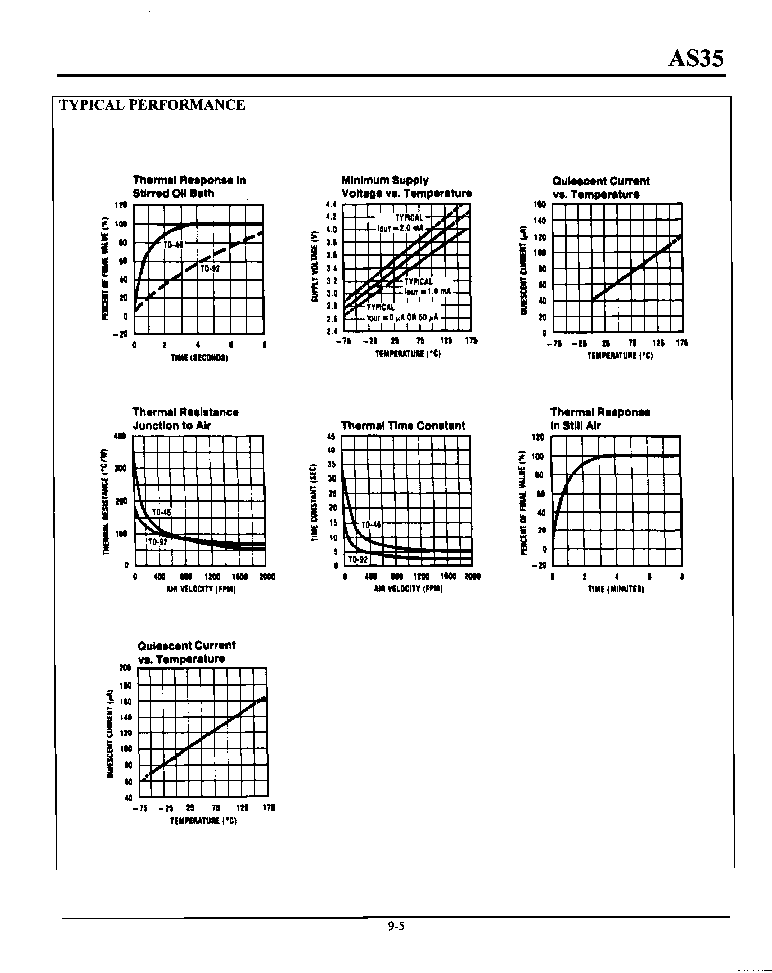Understanding Pet Melt Temp: The Key to Choosing the Right Materials for Your Projects
When it comes to working with materials that involve heat, understanding pet melt temp is crucial. Whether you are a hobbyist, a professional in manufacturi……
When it comes to working with materials that involve heat, understanding pet melt temp is crucial. Whether you are a hobbyist, a professional in manufacturing, or someone interested in DIY projects, knowing the melting temperature of PET (Polyethylene Terephthalate) can significantly influence your results. In this article, we will delve into what pet melt temp means, its importance, and how it affects various applications.
#### What is PET?
Polyethylene Terephthalate, commonly referred to as PET, is a type of thermoplastic polymer resin. It's widely used in various applications, from plastic bottles to textile fibers. One of the key characteristics of PET is its relatively high melting point, which makes it suitable for applications that require durability and resistance to heat.
#### Understanding Pet Melt Temp
The pet melt temp generally refers to the temperature at which PET transitions from a solid to a molten state. This temperature typically ranges between 250°C to 260°C (482°F to 500°F). Understanding this range is essential for anyone looking to mold, extrude, or otherwise manipulate PET in their projects.
#### Why is Pet Melt Temp Important?

1. **Material Selection**: Knowing the pet melt temp helps you choose the right materials for your specific needs. If you are working with other polymers or materials, understanding the melting points can help you avoid problems like warping or degradation.
2. **Processing Techniques**: Different manufacturing processes, such as injection molding or 3D printing, require specific temperature settings. By understanding the pet melt temp, you can optimize your processing conditions for better results.
3. **Safety Considerations**: Working with high temperatures can pose safety risks. Being aware of the pet melt temp allows you to take necessary precautions when handling materials that can reach these temperatures.
4. **Quality Control**: In industrial applications, maintaining the right temperature is crucial for ensuring the quality of the final product. Deviating from the pet melt temp can lead to defects, compromising the integrity of the material.
#### Applications of PET

PET is used in a wide array of applications due to its favorable properties. Here are some common uses:
- **Packaging**: PET is extensively used in the food and beverage industry for making bottles and containers. Its high melting point makes it suitable for hot-fill applications.
- **Textiles**: In the textile industry, PET is used to create fibers for clothing and upholstery. The pet melt temp is a crucial factor in the manufacturing process of these fibers.
- **Automotive Parts**: Due to its strength and heat resistance, PET is increasingly used in the automotive sector for various components.
- **3D Printing**: For enthusiasts and professionals in 3D printing, understanding the pet melt temp is vital for achieving optimal print quality with PET filaments.

#### Conclusion
In conclusion, the pet melt temp is a fundamental aspect of working with PET and should not be overlooked. Whether you are involved in manufacturing, crafting, or any other application that utilizes this versatile material, understanding its melting point can lead to better outcomes and safer practices. As you embark on your next project, keep the pet melt temp in mind to ensure you’re making informed decisions that will enhance the quality and durability of your results.